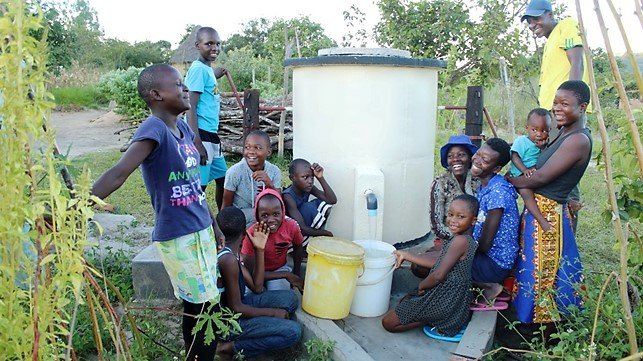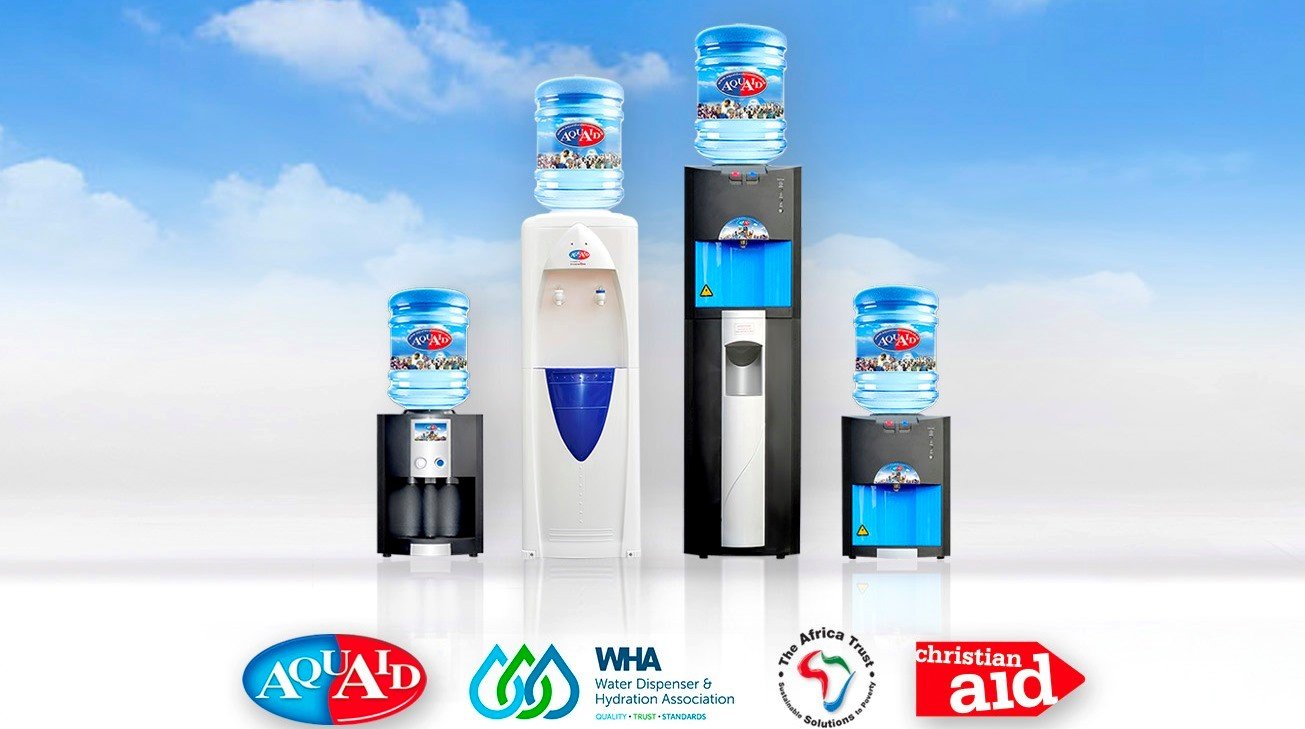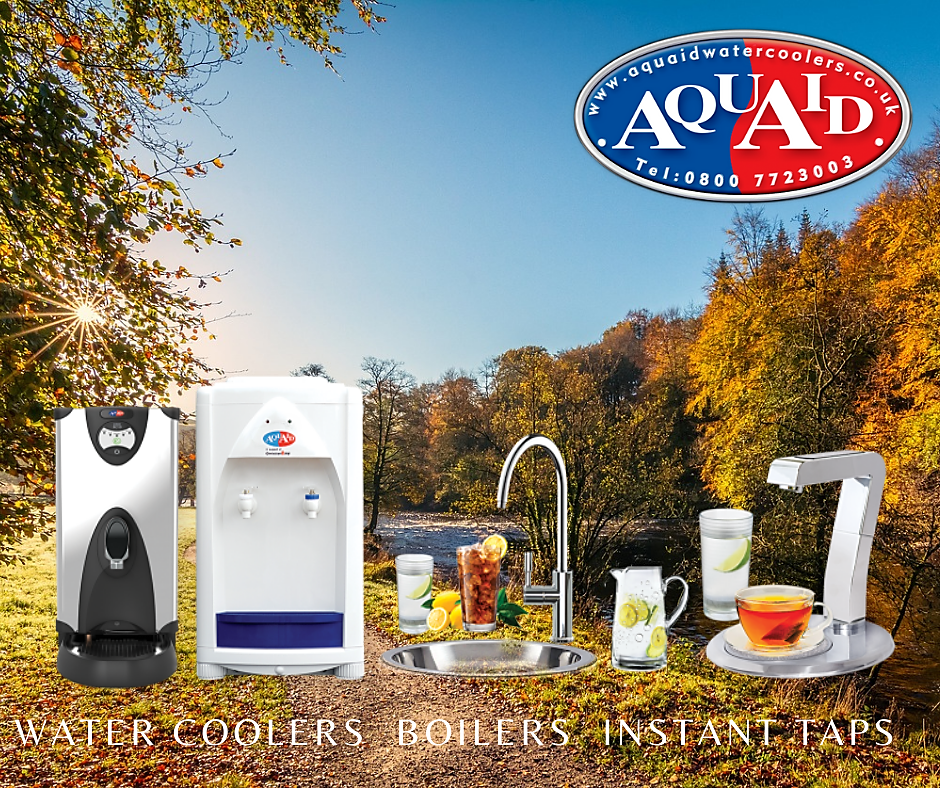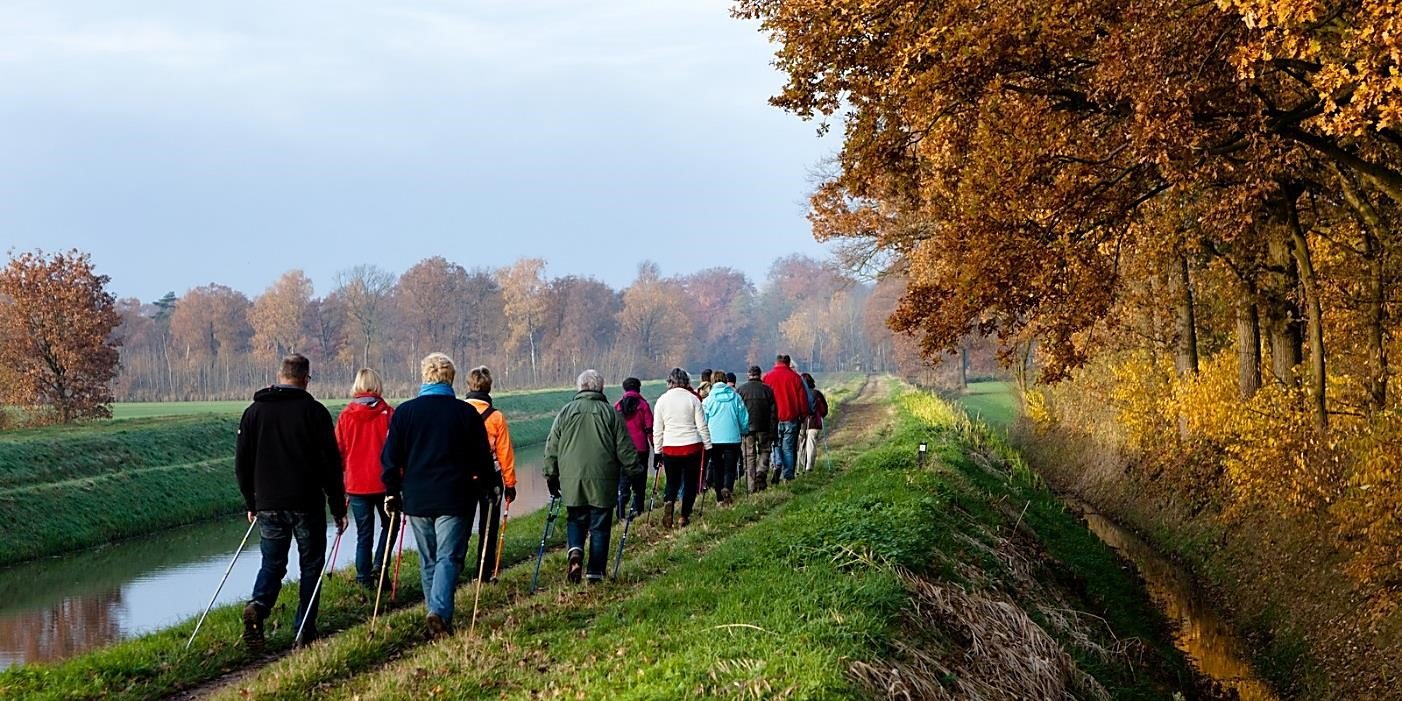
by Fern Shaw | Jan 10, 2022 | water cooler, Water Coolers, water dispenser
Irrespective of your take on climate change, radically changing weather patterns year on year or the crucial drop in natural water supply globally, there is no denying that the stats speak volumes:
771 Million people lack access to potable water.*
1.7 Billion People lack access to improved sanitation.
Approximately 60% of the global population lives without access to a toilet.
*stats from Water.org
The ramifications of these statistics and the volume of people it affects can seem quite daunting in terms of how to address this global issue. The good news, though, is that there are multiple organisations that continue, year on year, to provide sustainable solutions to the lack of water and adequate sanitation to those in need.
Sustainability may seem like a 21st century buzzword – bandied about without much meaning, but the truth of it is – sustainability is vital in the provision of water and sanitation to those for who access to water is an ongoing fight for actual survival.
Sustainable water projects are those that include both short term and long-term solutions that pave the way forward by enabling a community to begin water related projects that may provide them with a capacity to earn an income or to trade their produce or services to others.
There’s much truth in the adage, ‘Give a man a fish and you feed him for a day. Teach a man to fish, and you feed him for a lifetime’, but before we implement this philosophy, help is needed to provide water to communities that more often than not, do not have the most basic of infrastructures for a steady supply of water.
That’s why here at AquAid Water Coolers we have, since our humble beginnings over two decades ago, partnered with charities that not only provide emergency relief but also sustainable solutions to poverty around the globe, as is the case with Christian Aid and in the case of The Africa Trust, throughout Africa.
To learn more about the work that these organisations carry out, visit us at our website, and see how your water and water dispenser purchases are making a visible difference to others.

by Fern Shaw | Dec 10, 2021 | water cooler
We may be jumping the sleigh so to speak talking about such festive season topics but hey, when the season grabs you, it grabs you.
Before we sled in (sadly, yes, Dad jokes come with the territory too) let’s establish what exactly wassailing is.
According to whychristmas.com, “Wassailing is essentially an ancient tradition involving the ceremonial preparation and drinking of the wassail to herald either New Year’s Eve or Twelfth Night.
Originally, the wassail was a drink made of mulled ale, curdled cream, roasted apples, eggs, cloves, ginger, nutmeg and sugar. Served from huge bowls, often made of silver or pewter, the bowl was carried into a room with great fanfare, a traditional carol about the drink was sung, and finally, the steaming hot drink was served. From this, it developed into another way of saying ‘Merry Christmas’ to each other.
In some parts of England such as Somerset and Sussex, where apples are grown, especially for cider, wassailing still takes place on Twelfth Night, or New Year’s Eve or even Christmas Eve. It’s also common to place toasted bread, soaked in beer or cider, into the boughs of the trees to feed and thank the trees for giving apples. That’s where the term to ‘toast’ someone with a drink comes from.”
Which leads us to answer the question as to whether you can wassail using your drinking water? In principal, we suppose that’s a given (as every drink has water as its base) although if the question is can water be your wassail drink i.e. water instead of mulled ale etc. – that’s a bit of a cloudy issue (curdled cream and all that). If you’re wassailing while at the office, perhaps a water wassail is the safest bet. If you’re wassailing outside the office, we have no opinion. However, if you dispense your water cooler drinking water to create your wassail outside of the workplace, you’ll find us more tight-lipped than the crew at the North Pole are about what presents you’re getting.
However you choose to celebrate this festive season, we’re using this opportunity to wish you all Merry Christmas and Happy New Year. In the words of possibly the most famous of all Christmas characters:
“God bless us, every one!” ~ Tiny Tim, from A Christmas Carol by Charles Dickens.

by Fern Shaw | Dec 7, 2021 | aquaid, bottle fed water coolers, water cooler, Water Coolers
Other than the differing terminology, essentially there is no difference.
Bottled, bottle-fed, bottled water coolers are ideal where portable water or a mains water supply is unavailable. The water coolers provide an efficient method of dispensing refreshing cool and chilled drinking water for any size business, in any industry, including big, medium or small offices, workspaces, construction sites, hotel and catering, schools, colleges and universities.
What is different are the benefits that come standard with every rental, purchase and installation of an AquAid water dispenser, be that a bottled or mains water cooler or water boiler. Benefits that include:
- Free on-site survey to assess your water dispenser requirements.
- 48-Hours delivery and installation of bottle-fed water dispensers.
- With 23 branches across the UK, you have the benefit of an AquAid branch at your convenience.
- Efficiency – whether you need additional bottled water delivered (usually within 24 hours) or you are benefitting from our automatic water cooler sanitisation every three months.
- For every bottle of water we deliver, there is an automatic donation to the charities we support. Charities that implement clean water resources for thousands of communities in need across Africa.
Whatever your bottle-fed, bottled or bottle water preferred terminology, contact us today and benefit from the AquAid difference.
by Fern Shaw | Nov 29, 2021 | Charity, water cooler
‘And now abideth faith, hope, charity, these three; but the greatest of these is charity’
We are extraordinarily proud of our AquAid team, their hard work and commitment in providing their best to our customers. In turn, our customers’ support contributes immeasurably towards our ability to continue to donate to charities that implement life-changing clean water resources for people in need.
It is therefore, with much humility, we thank every single member of the AquAid team who continue to make sure that our customers: from remote working, cubbyhole home offices through to frontline medical facilities, frontline workers, schools, colleges and unis, to small, medium and large corporations, have had access to refreshing drinking water, whatever the work situation, wherever the location.
And thank you to all our customers, established and new, who continue their valued custom of our services, with whom we hope to continue a longstanding business relationship as your preferred drinking water, water dispenser and water cooler supplier.
As we head towards the close of another year, we begin to reflect on what the year held for us, highs, lows and in-between. All of which is why this announcement is certainly a high:
It is thanks to all, AquAid and customers alike, we are delighted to announce that as of October this year, we have passed the threshold of £18 million in donations to charity.
If you would like to know how you, too, can remaining refreshed and hydrated, all while contributing charitable donations, simply by partnering with us at AquAid, do get in contact. We are here to assist.

by Fern Shaw | Nov 15, 2021 | instant tap, Water Boilers, water cooler, Water Coolers
November is a month chock full of occasions, annual observances, traditions and remembrances.
A brief glance:
01 Nov – All Saints’ Day
02 Nov – All Souls’ Day
04 Nov – Diwali
05 Nov – Guy Fawkes Night
the list goes on.
This may be due to November being a pivotal period of the year as we enter the final transition from late summer to winter and the close of yet another year. Although the dropping temperatures and increase in blustery weather may make it difficult to believe, it’s still officially autumn in November.
With so many observances, traditions and events on the go this month it’s easy to understand that we may let our changing hydration needs slip by the wayside despite there being a simple and cost-effective solution. A solution as simple as switching from a chilled drinking water dispenser to a cool and piping hot drinking water dispenser.
With AquAid, you’re spoilt for choice – we supply a wide range of top-quality water coolers, water boilers and Instant Taps – all backed by our superlative services pre, during and post installation.
We invite you to visit our informative website and browse our water cooler selection, suitable for all industries and any size staff contingent, then contact our helpful team via e-mail, telephone or at the website.

by Fern Shaw | Nov 4, 2021 | Water Boilers, water cooler, Water Coolers
When temperatures decrease to single digits, it’s understandable that our impulse to slow down, exercise less and drink less water, increases.
This impulse, however, isn’t that good for our health and well-being overall. As it happens, there are loads of options we can take in the winter months that actually aren’t that difficult to follow and can keep as summer lean in the process.
Keep exercising
I’m not suggesting that you swim the Channel or go running in minus ten degree weather, but if you attend a gym, health fitness club, or simply walk or jog around your area, keep up with it. In cold months, your exertions will keep you nice and toasty while exercising, instead of trying to continuously cool down when you’re exercising in the summer months. Just remember to keep hydrated. You can become just as dehydrated when it’s cold as you can when it’s warmer. Drink water, lots of it.
If you don’t have access to a fitness club, exercise at home – there is tons of information on YouTube; on social media or on the internet in general that can give you adequate instruction on exercise regimes you can follow to keep toned up.
Bulk up with tasty, healthy food
Again, the instinct (which is hard wired into our genetic code) is to eat rich, fatty foods when it’s colder so we can bulk up and insulate ourselves. Thing is, we’re not seals and we don’t live in the Arctic (even if some days if may feel like it). There are loads of options to eat hearty, warming food without packing on the weight.
The food in season right now is plentiful and it makes good sense, because if you eat with the seasons, it keeps your spend on food down, as in-season food is more readily available.
From pears to parsnips and mackerel to mussels, there’s such a wide range food available this autumn, you’ll be spoilt for choice.
Do not stop drinking water!
Throughout all of this, keeping up with exercising, eating the right food: the most important cooler weather regime is to keep up with drinking water.
If you are averse to cold water, then drink hot water – hot water infused with lemon or indeed any citrus – is a fantastic get up and go to begin the day.
If you’re dispensing drinking water from your water cooler in your office or workplace and the water’s a bit chilly, you can always adjust the thermostat or opt for a hot & cold water dispenser – AquAid has a wide range of high-quality water coolers, hot water boilers and hot & cold Instant Taps.





